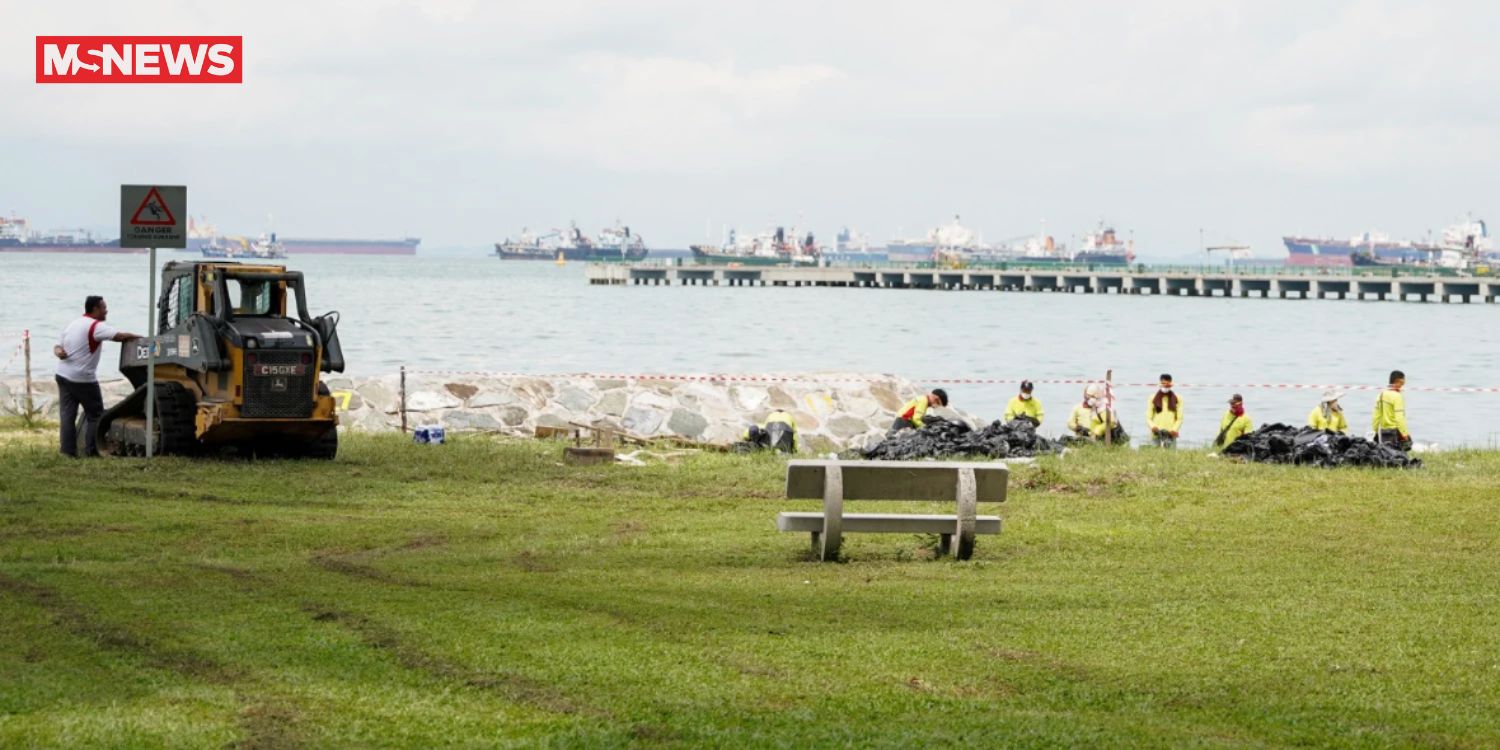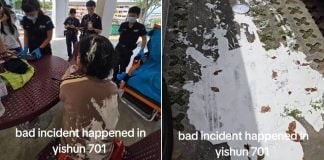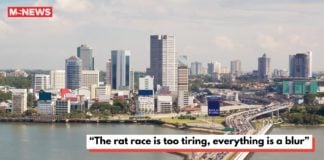NEA clean-up operation ongoing at East Coast Park beaches
Clean-up works are progressing at the beaches of East Coast Park and various southern shorelines following an allision between two vessels.
The incident, which occurred on 14 Jun, saw a Netherlands-flagged dredger, Vox Maxima, colliding with a stationary Singapore-flagged bunker vessel, Marine Honour, at the Pasir Panjang Container Terminal (PPT). As a result, the contents of one of the latter’s oil cargo tanks flowed into the surrounding sea.
Some of the oil discharge ended up on several shorelines, including that of Sentosa, Labrador Nature Reserve, Southern Islands, Marina South Pier, and East Coast Park.
Various agencies have been mobilised for the clean-up operation, including the National Environment Agency (NEA) and the Maritime and Port Authority of Singapore (MPA).
According to a report on Channel NewsAsia (CNA), a senior executive at MPA said tackling the oil spill has been a challenge.
“Some of the challenges that we face is that the oil on sea is very mobile, it keeps moving due to the change of tidal currents,” explained Captain Chong Jia Chyuan, port master of MPA.
MS News got a chance to tag along and observe a clean-up session by NEA on Thursday (20 June).
Here’s how the agency is restoring beaches at East Coast Park following the massive oil spill.
NEA clean-up operation at East Coast Park beaches
When MS News arrived, beaches at East Coast Park from Areas B to H, including Bedok Jetty, were still closed to the public that day. This was six days after the incident.
Cordons had been placed to prevent members of the public from entering the beach.
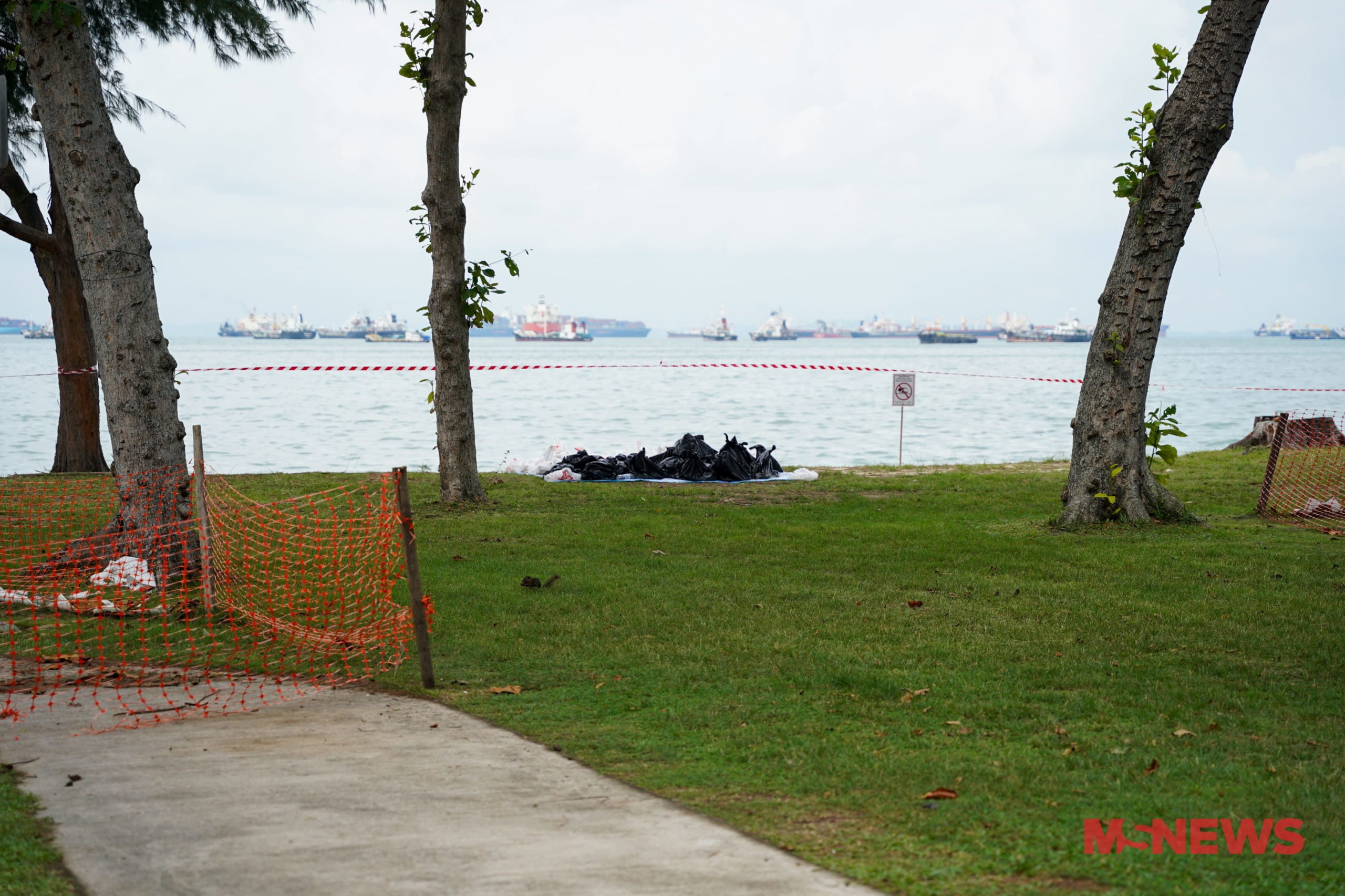
Minister for Transport Chee Hong Tat said in a Facebook post on Thursday that there’s progress in clean-up efforts, but it will still take some time before the oil is completely removed.
At East Coast Park, a “large majority” of oil deposits has been removed, he added.
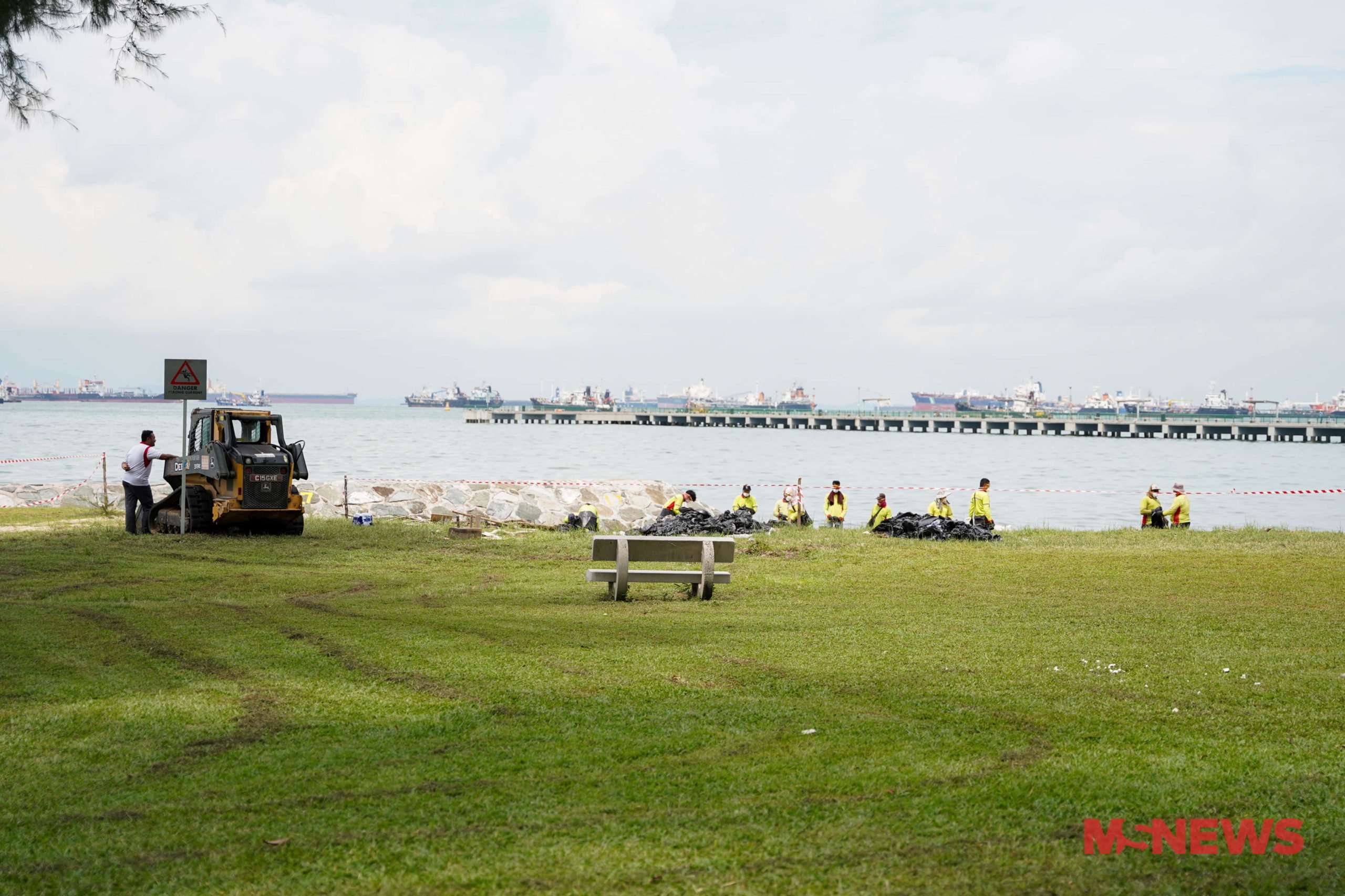
Indeed, while there, MS News found that a significant portion of the beaches was already free of oil remnants.
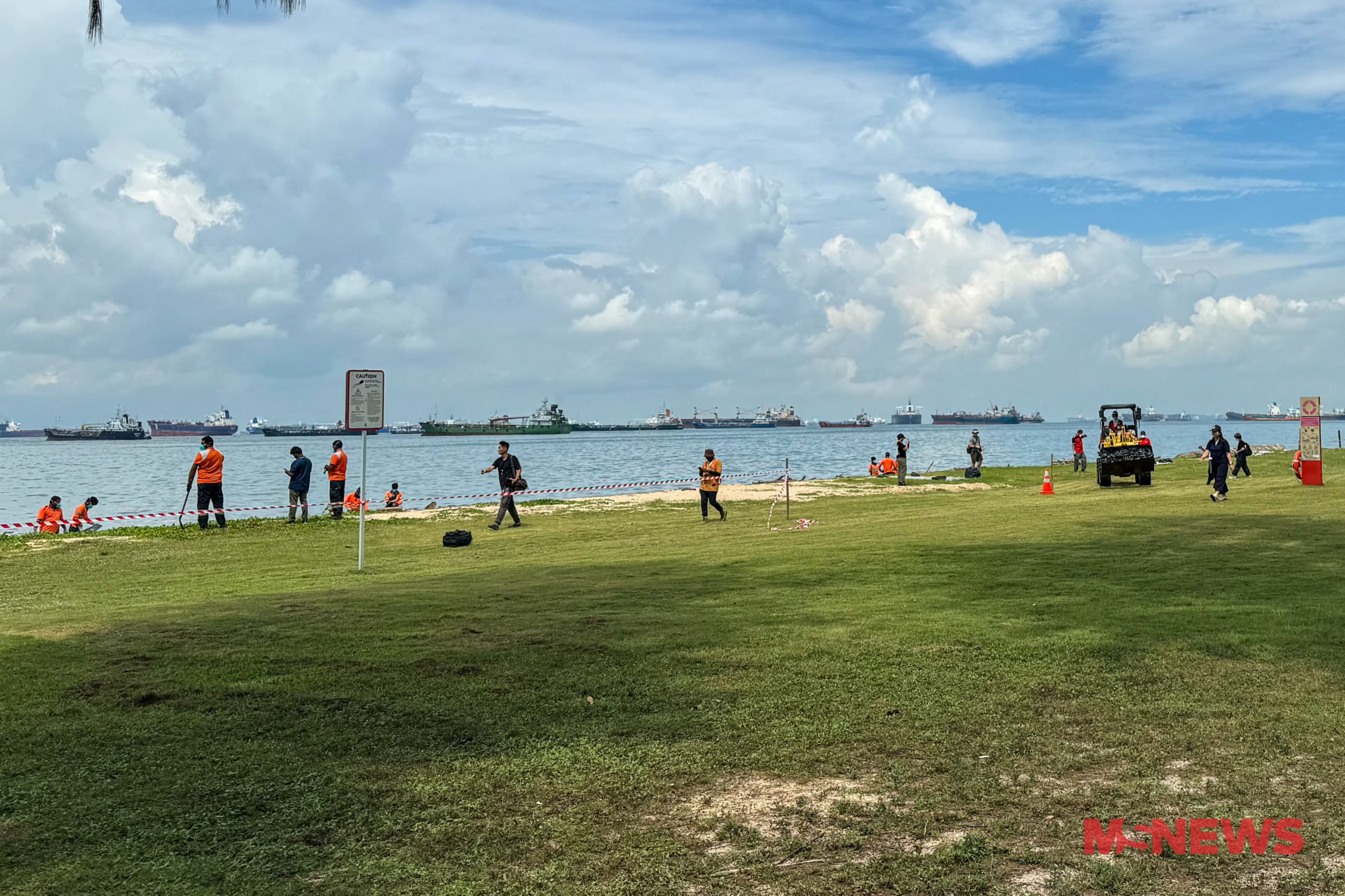
Workers involved in the clean-up have to take safety precautions and don masks as well as the proper uniform when conducting clean-up operations.
A contractor was activated for the clean-up operation. Machines such as excavators and wheel loaders were seen scooping up contaminated sand from the beaches.
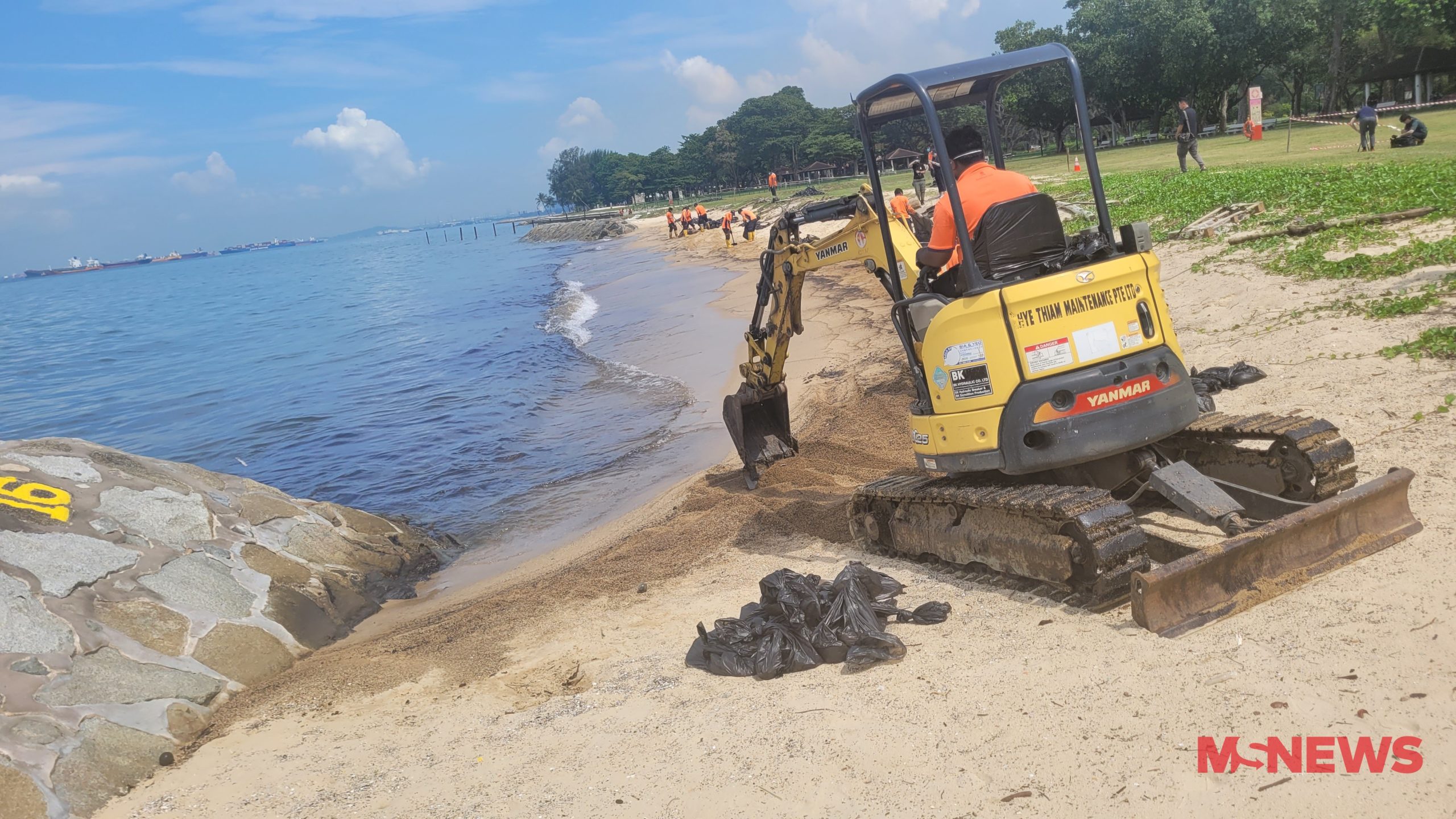
The contaminated sand is then loaded into bags. Workers were seen rounding up these bags filled with sand before they’re brought to a waste collection point.
Then, a licensed toxic industrial company will treat the sand for proper disposal.
Some areas have seen more progress than others, and the smell of oil was stronger in certain areas while weaker in others.
A multi-agency joint statement released today warned that tides may continue to sweep in remnants of oil deposits, and further clean-up efforts would likely be required.
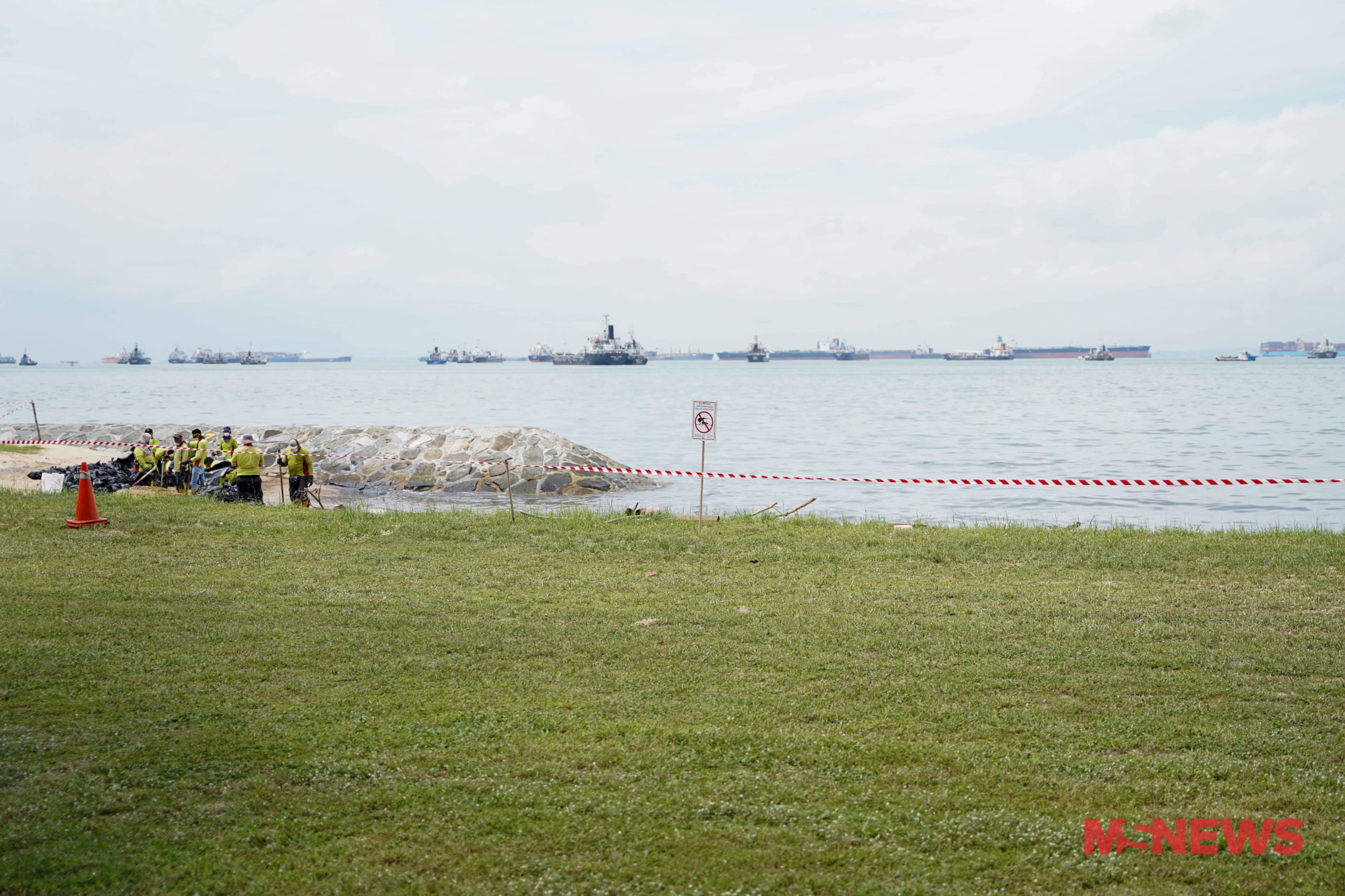
Clean-up operation will take some time
Mr Chee said that at present, agencies are focused on cleaning up the oil slicks and sheens from water and land visible through drone surveillance and satellite imagery.
“In the next phase, we would need to flush out stranded oil, such as those on oil-stained rock bunds.”
About 3,400 metres of container booms have been progressively deployed since 14 June to ensure the oil is contained.
They were placed at various locations including the three beaches at Sentosa, entrance of Keppel Marina, off Labrador Nature Reserve, East Coast Park, and West Coast Park.
He added: “The clean-up operation will take some time, and I would like to seek the understanding of members of the public and businesses who are affected by this incident.”
Have news you must share? Get in touch with us via email at news@mustsharenews.com.
Featured image by MS News.
